‘A robot-proof journey’ into the future of higher education
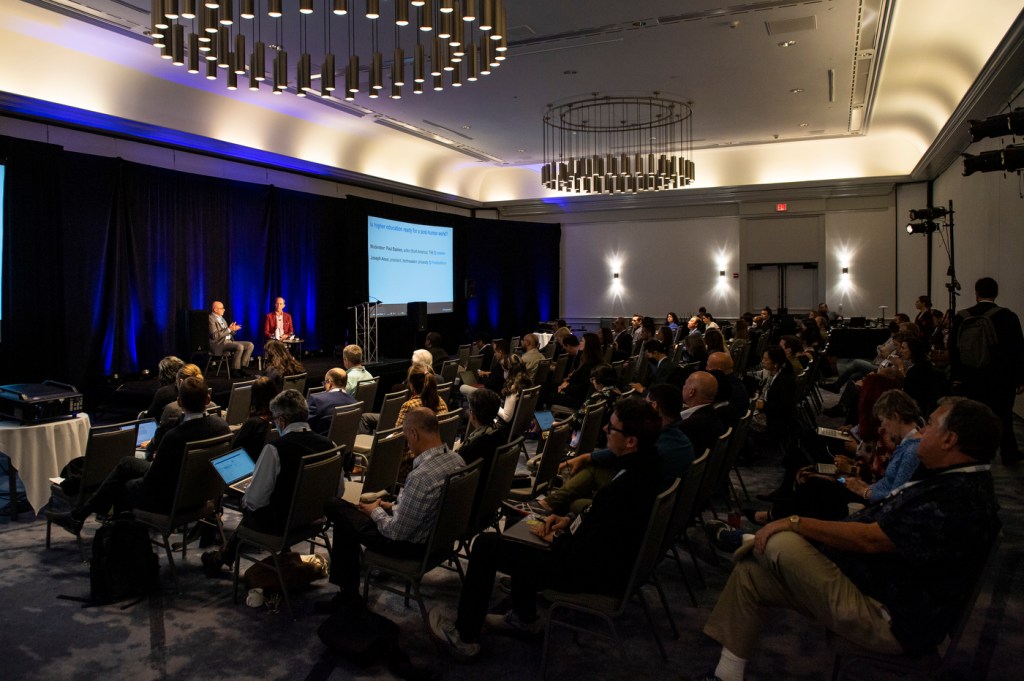
As the world accelerates towards a digital future that will see robots become mainstay across many sectors, what role do colleges and universities play in preparing students for such imminent transformations?
“It is clear that many jobs and professions are being up-ended,” Northeastern president Joseph E. Aoun told a packed conference room at the Boston Marriott Cambridge on Thursday. “And now it’s becoming common knowledge that within the next 20 years, economists project that up to 50% of the jobs we know will disappear, or be completely transformed.”

Times Higher Education as North America editor Paul Basken interviews Northeastern President Joseph E. Aoun at the Digital Universities Week conference held in the Marriott Hotel Cambridge, about how higher education can turn the latest disruption into a pivotal opportunity for students in the future. Photo by Alyssa Stone/Northeastern University
Aoun spoke as part of the Times Higher Education’s second annual Digital Universities Week, which brought together leaders from top colleges and universities for a three-day conference focused on “agile education for a digital-first future.” Paul Basken, the U.S. editor of Times Higher Education, helped guide the discussion.
The title of the talk: “Is higher education ready for a post-human world?”
The answer is not so simple. And no: It doesn’t mean a world without human beings, but one in which the nature of human labor and the demand for skills is evolving.
But the question conjures yet another that Aoun said speaks to the concerns of those at the forefront of the conversation about higher education amid such rapid technological change. That change includes the shift toward the growing impact of artificial intelligence on workplaces and universities.
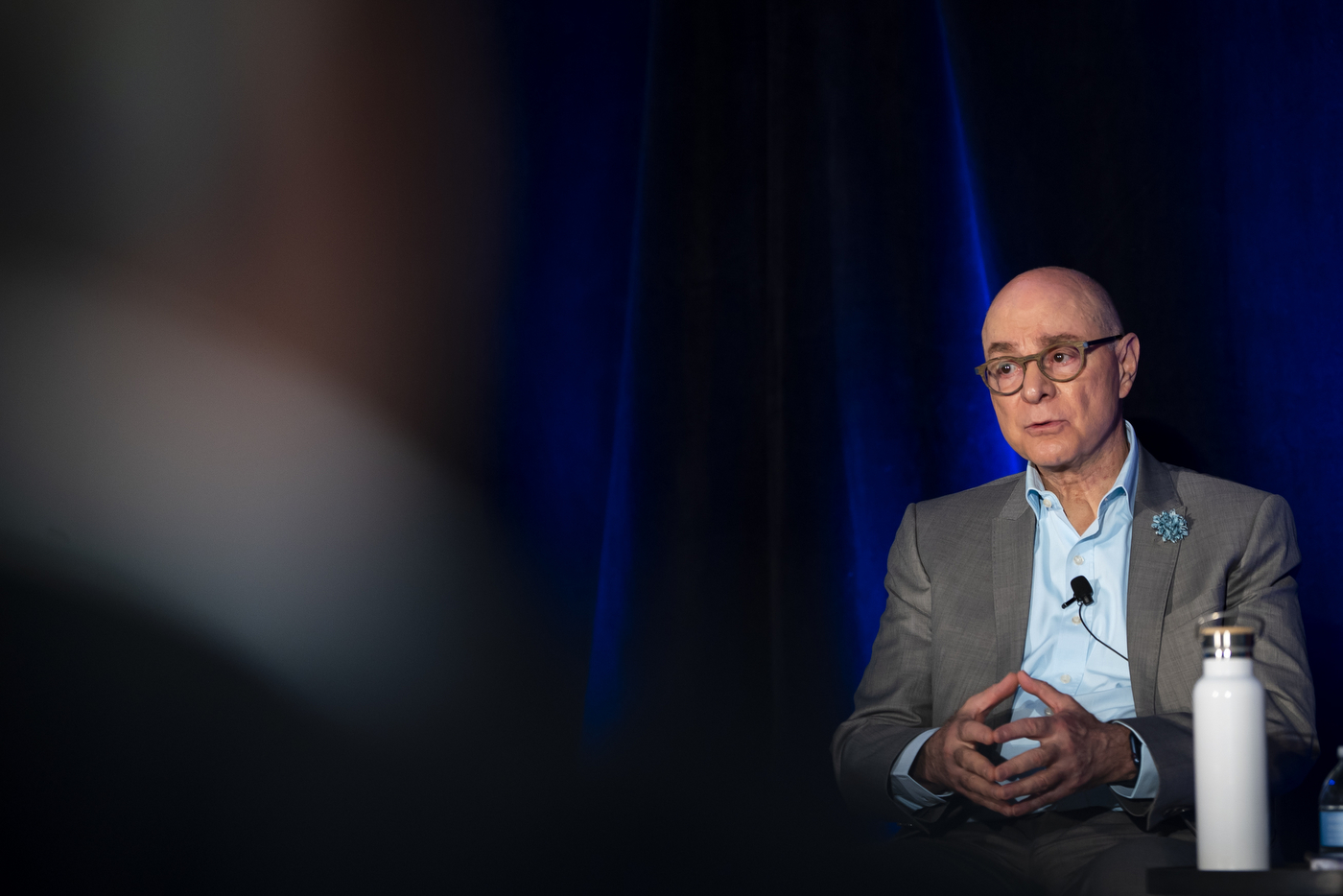
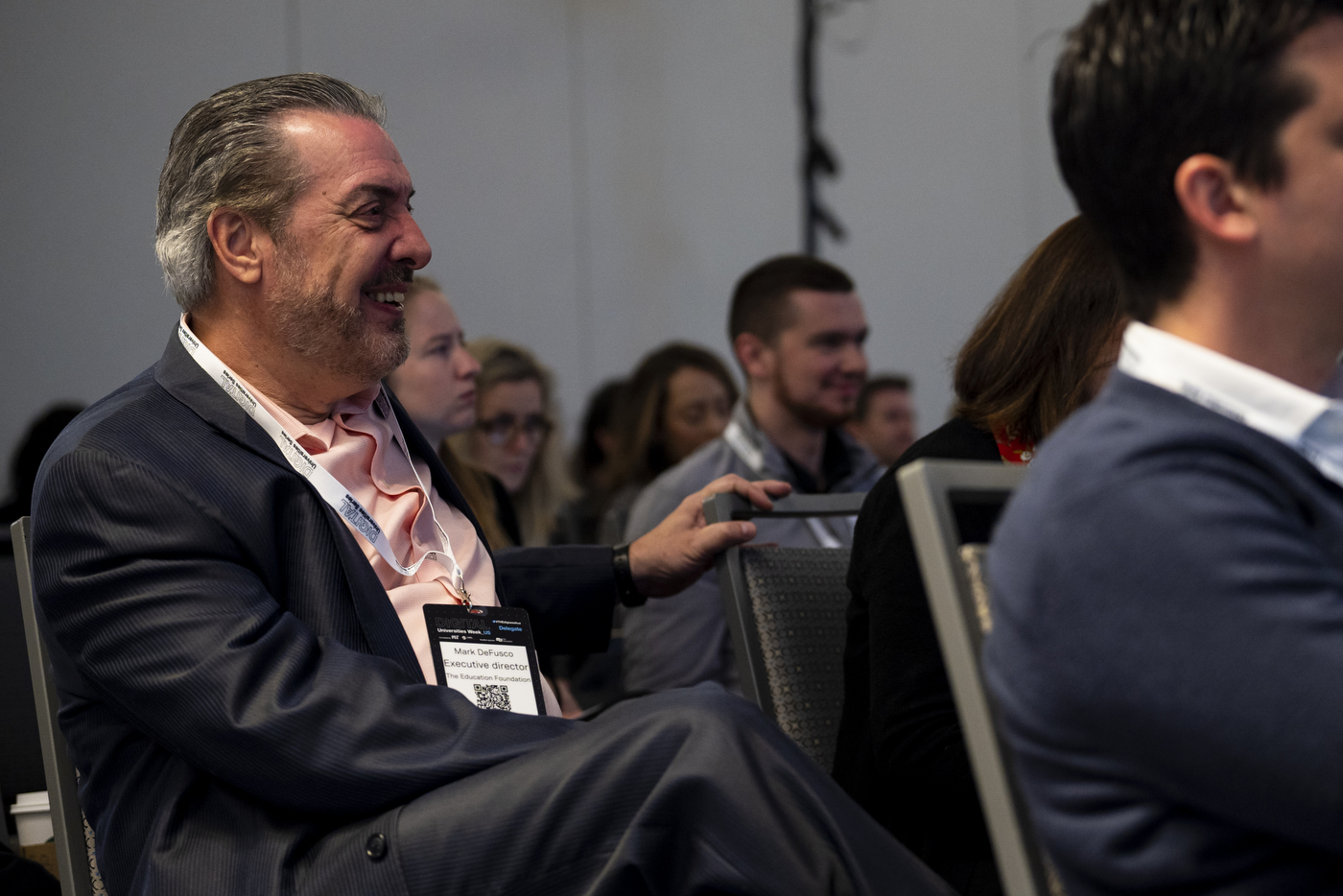
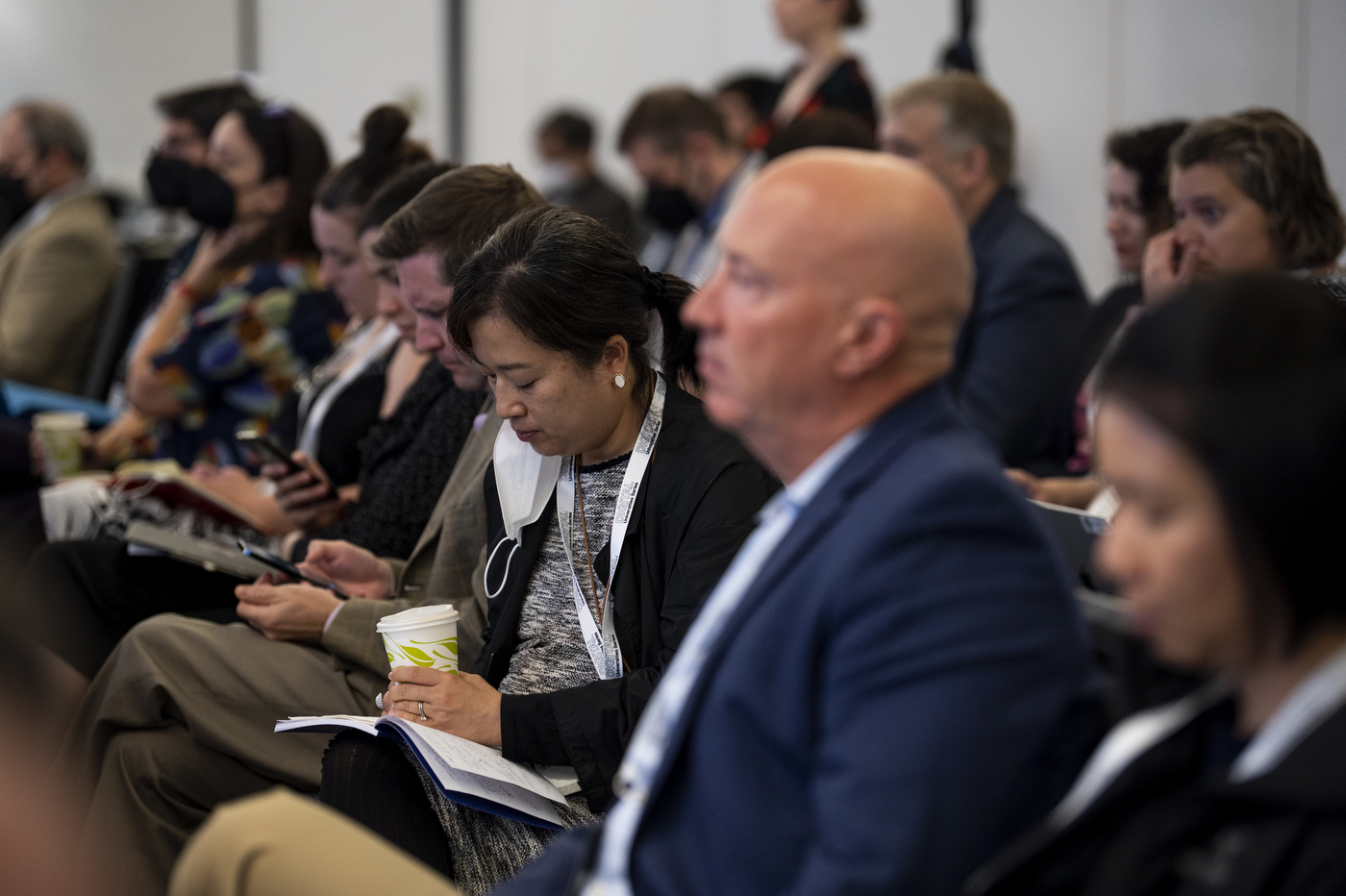
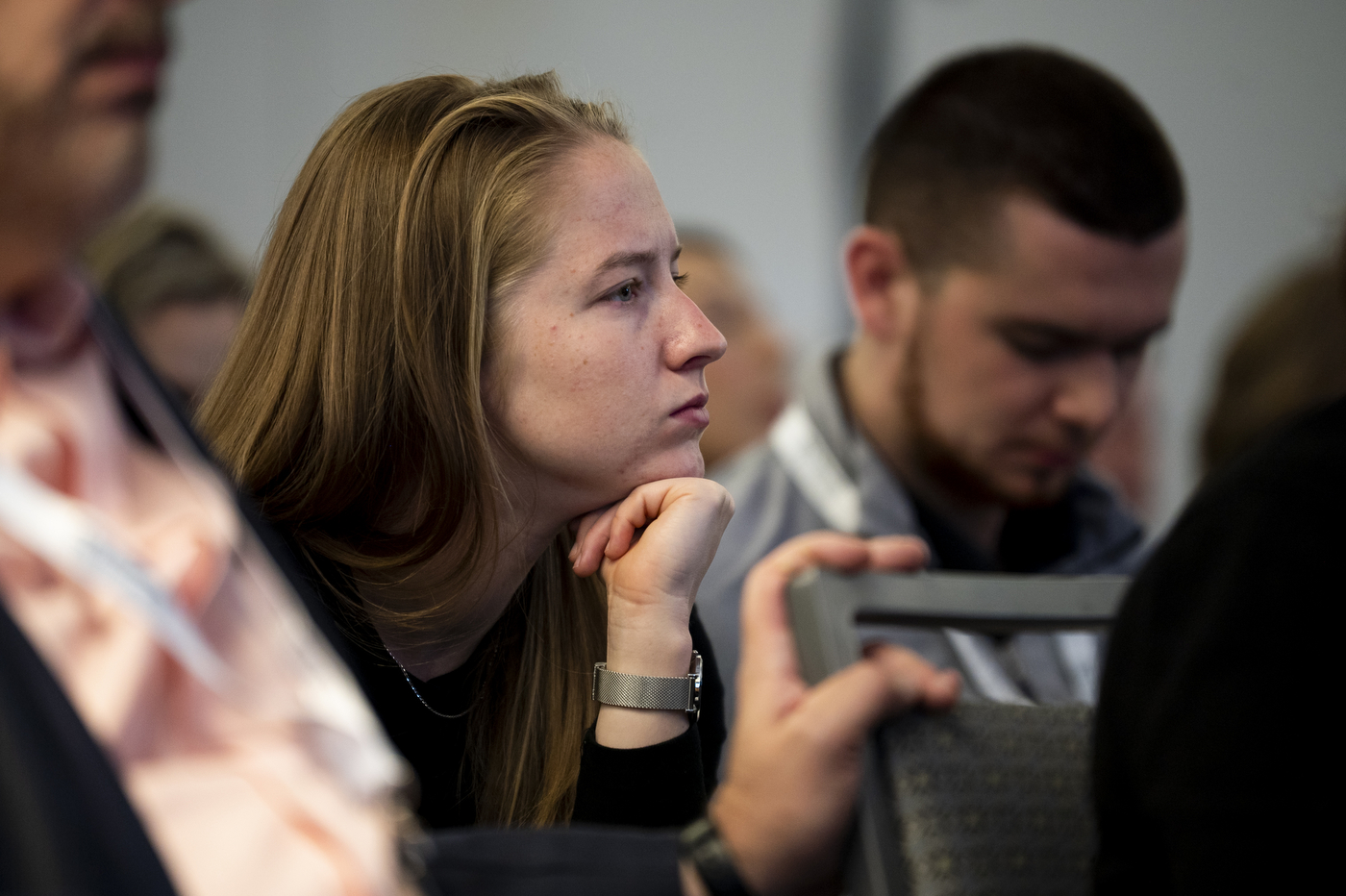
“One reflection for those of us in higher education to think about is: What is the purpose of higher education?” Aoun said. “The purpose of higher education, from this perspective, is to help people become robot-proof.”
“Robot-proof,” also the title of Aoun’s 2017 book on the subject, means, he said, “we need to think about what kinds of literacies” students and lifelong learners require to be successful in the changing world. The combination of the three literacies, which he calls humanics, consists of technological literacy, data literacy, and human literacy.
Technological literacy is attained by “understanding machines and how to live” with them; data literacy is attained by “understanding the products of machines,” Aoun said.
And human literacy? “It’s what we, as human beings, do that, for the foreseeable future, machines simply cannot do,” he explains. It is defined by the ability to be innovative, creative, entrepreneurial, he said, “to be ethical … to work in teams, to understand people—to really look them in the eye and see whether they are buying what I am saying or not—and to be culturally agile and global.”
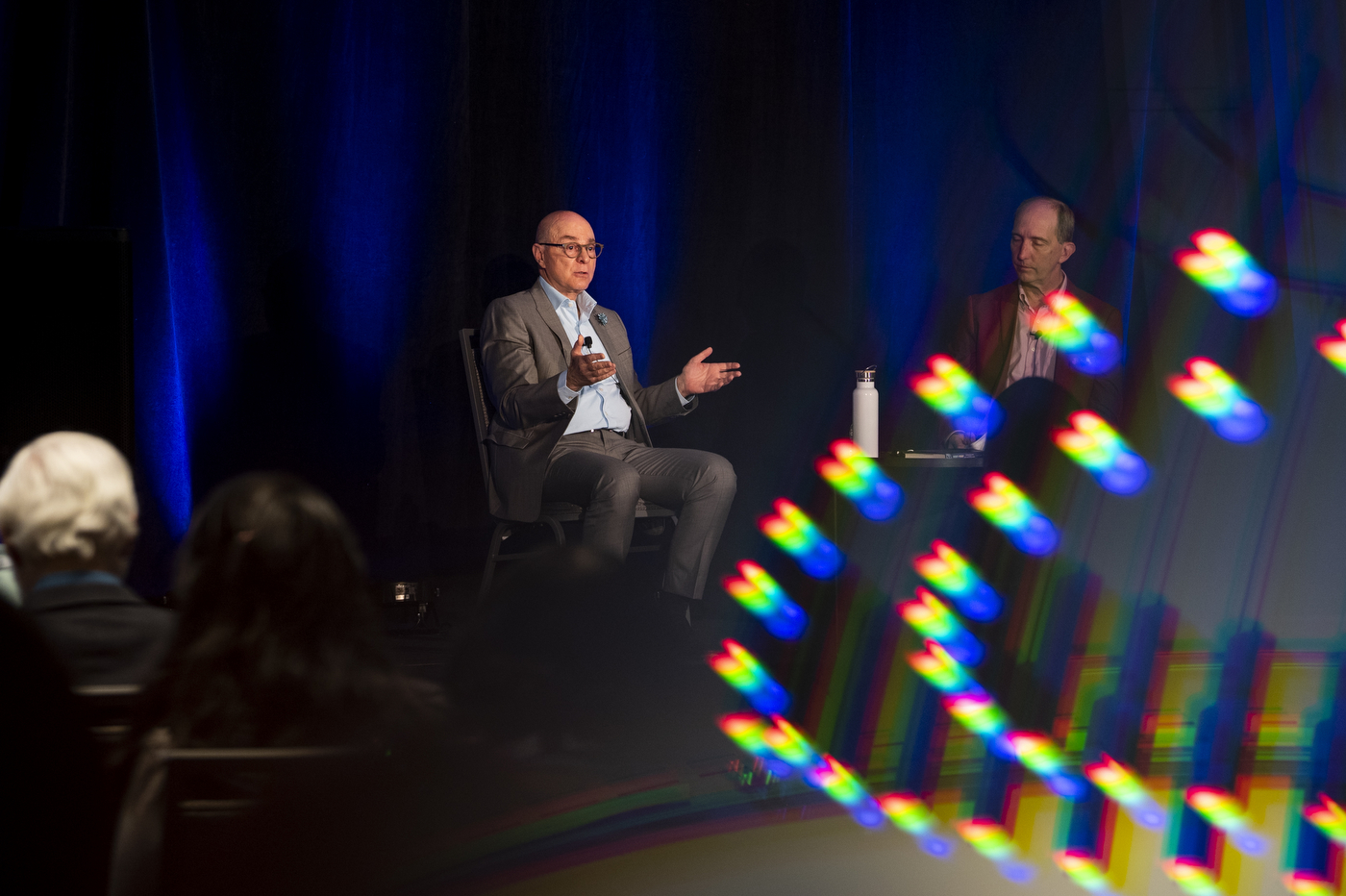
“We want every learner to integrate these literacies into their journeys,” Aoun continued.
But how do you integrate them? This is where Northeastern for years has led the way: Through experiential learning by way of its signature co-op program.
“This is the power of experiential education … or the integration of the classroom environment with the real-world environment,” Aoun said.
This is where humanics comes in—by being able to take the knowledge gained from one domain and apply it to “a very different domain.” It’s his central thesis, Aoun said, which places human beings ahead of the advance of the robots.
“That’s called file transfer—and machines can’t do that,” Aoun said. “The theme here is to understand machines, but focus on what we humans can do that machines cannot.”
Aoun talked about the power of partnerships and understanding the demands of the real world and the problems higher education needs to design solutions for.
“Higher education needs to start with the world,” he said. “That’s not our usual approach. But the world is too interesting to ignore. What are the problems we need to solve? We need to design our curricula around global challenges, not perpetuate internal structures and bureaucracies.”
He argued that engaging with partners such as employers, NGOs, and government must go beyond traditional internships or research collaborations.
“It means sitting down with partners from day one and co-creating educational programs or mutually beneficial research initiatives,” Aoun said.
He cited the ALIGN program at Northeastern as an example of a program that was designed in response to the industry’s demand for more computing talent as well as the demand from working professionals who wanted to move into the tech space but had no prior STEM education.
For media inquiries, please contact media@northeastern.edu.





